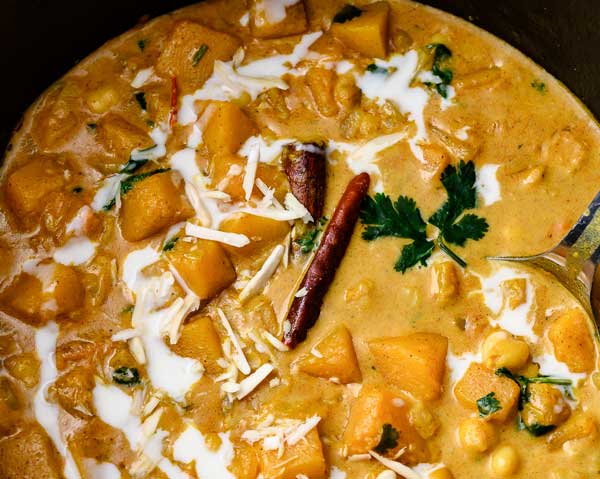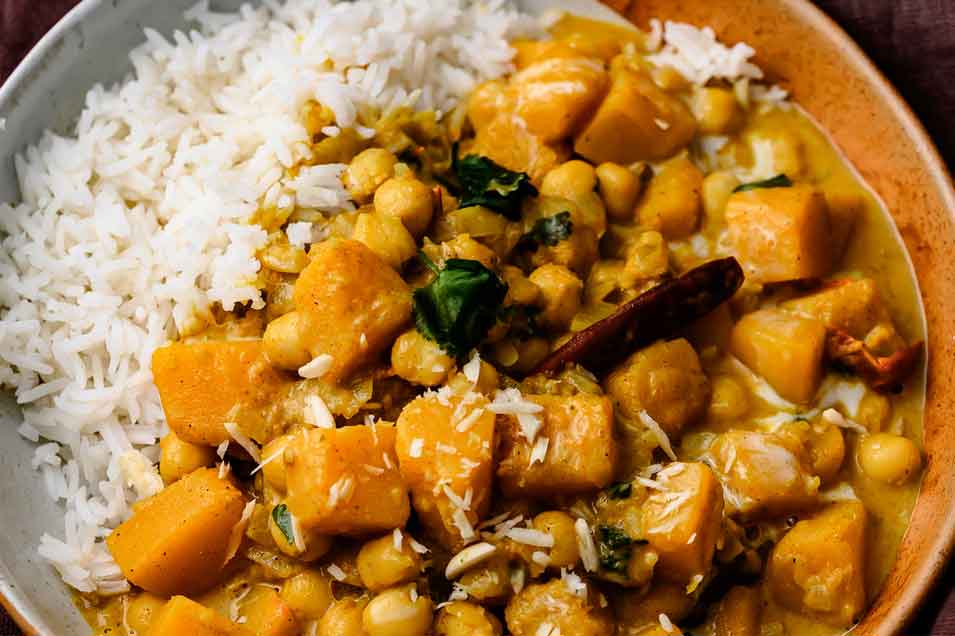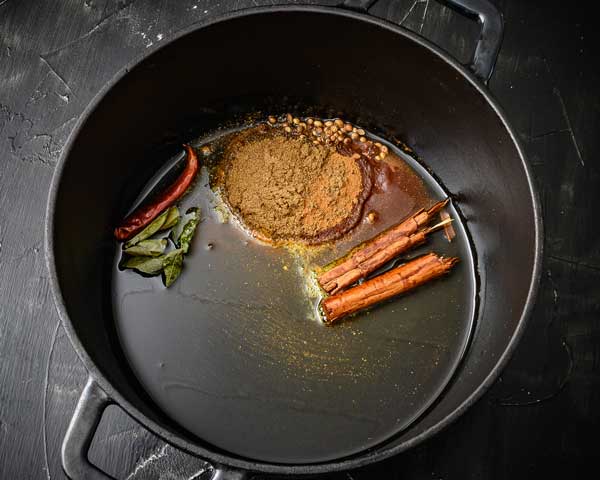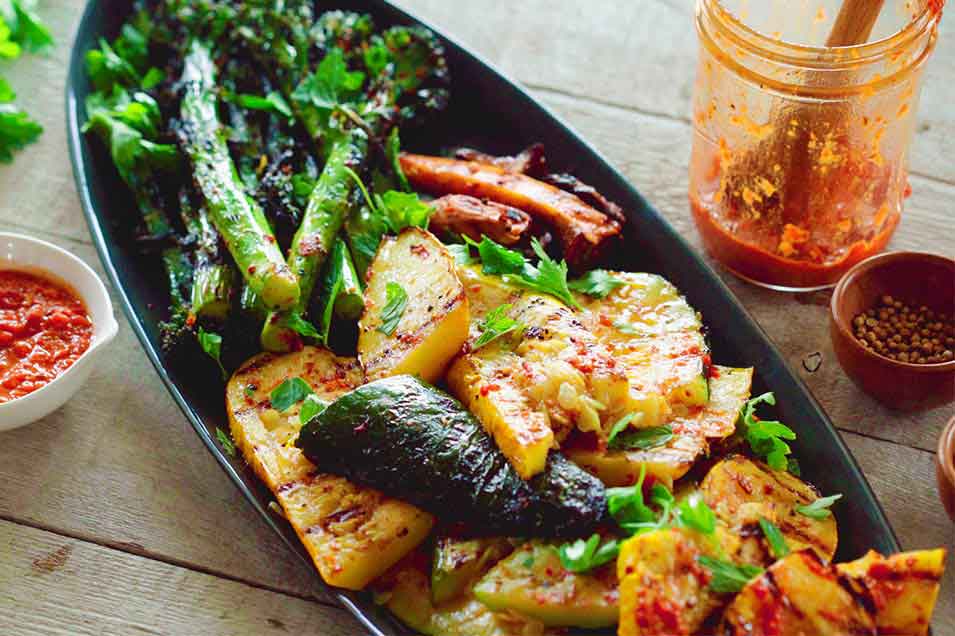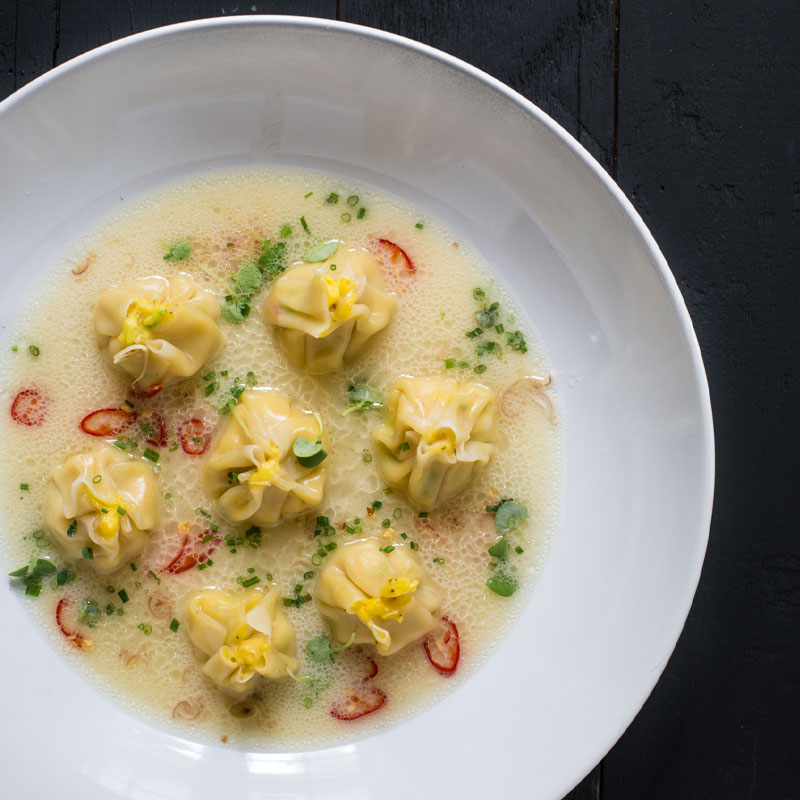Notes
Here’s a simplified, illustrated version of the process behind this curry! You can use these steps with all sorts of different ingredients to customize and create something unique!
Toast and Temper Your Spices
In order to fulfill their true potential, spices need to be either toasted (on a dry pan) or tempered (in oil) before using in a curry. With seeds, such as the coriander seeds in this recipe, I recommend dry toasting them in a hot pan and then grinding roughly. For pre-ground spices, add them to some hot oil and let them bubble until fragrant.
Sweat (don’t brown) Your Onion and Garlic
There’s nothing wrong with a nicely caramelised onion, but for curries, it’s best not to let them brown. The same goes for your garlic – even slightly burnt garlic can be incredibly bitter. Keep in mind you’ll be frying your onions with your spices, so it can be difficult to tell if they’re picking up too much colour, so keep that heat gentle.
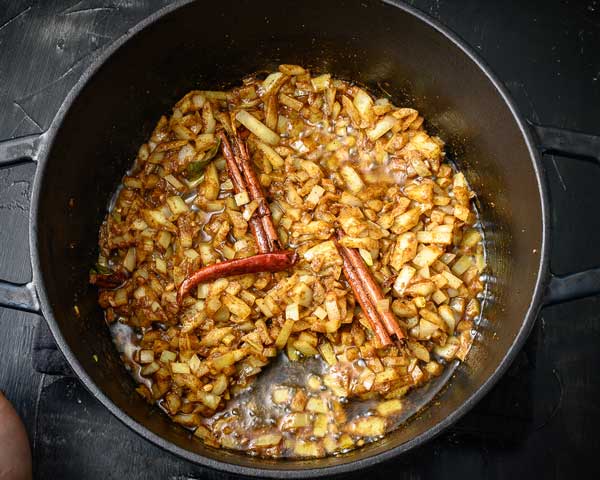
Tomatoes for Sweetness and Tang!
Tomatoes are perfect for adding a delicate sweetness and tang to curries. They also add some moisture at this important stage, which can help to deglaze the pan. If your tomatoes aren’t super juicy, add a splash of water too. If your tomatoes are out of season, add a pinch of sugar to make up for the lost sweetness.
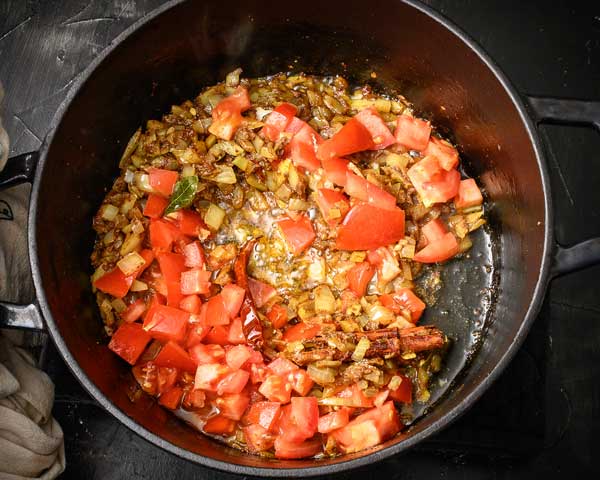
Add Your Squash (at the right time!)
Don’t be too eager to add your squash to the pan. Yes, it has to cook and this is the longest part of the process, but it’s also essential we let our tomatoes cook properly. Raw tomatoes in curry can make things too tangy and sharp instead of sweet. Only add the squash when the tomatoes have lost their shape.
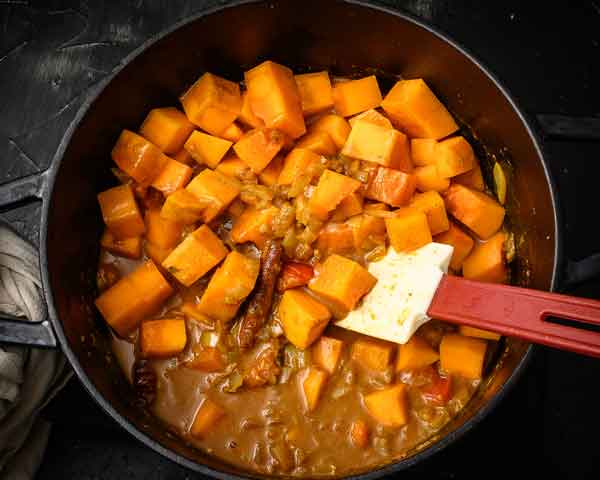
Let the Sauce Reduce
Once your squash and vegetable stock are in the pan, it’s time to be a little more hands-off! We need this sauce to reduce and for the squash to cook through. Cover with a lid and reduce to simmer. The process should take between 10-15 minutes but be sure to check your chunks of squash often, so they don’t overcook.
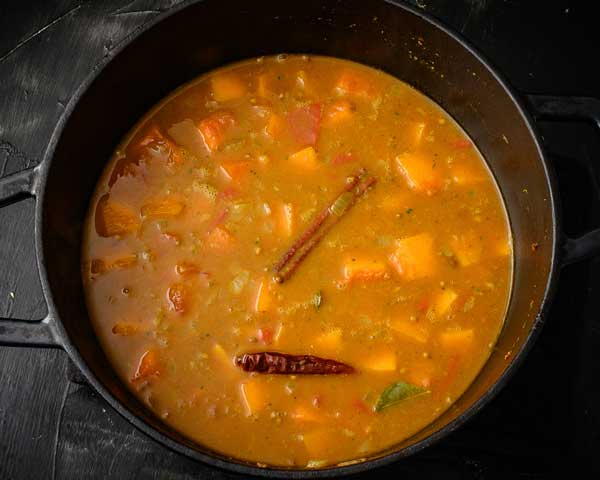
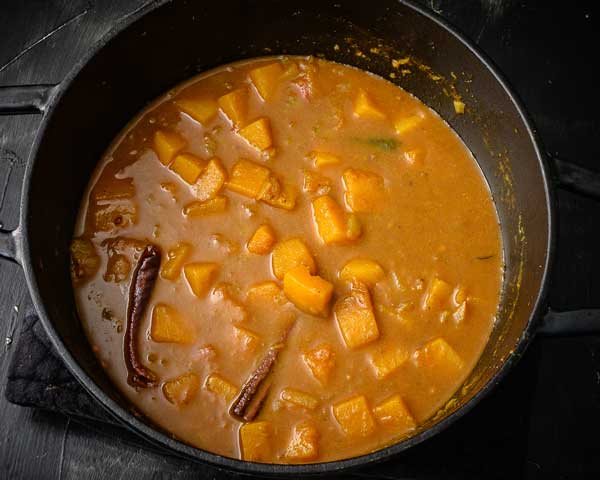
In With The Coconut Milk
Now your sauce is nice and reduced, it’s time to get that coconut milk involved! Don’t use coconut milk from a carton – that’s a different, much thinner product. Give everything a stir and add your fresh coriander.
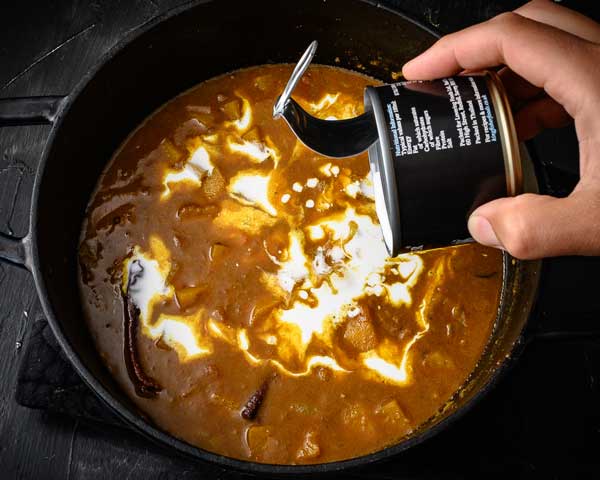
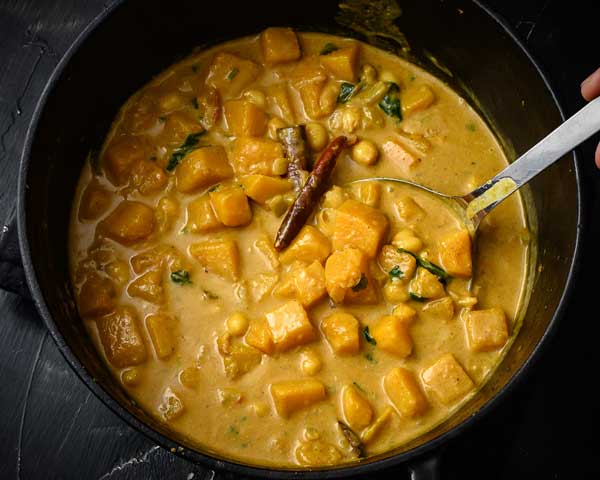
Serve and Enjoy!
I like to serve mine with some flaked almonds on top, for extra crunch and nuttiness! Finish with an extra little drizzle of coconut milk and you’re ready to go!
